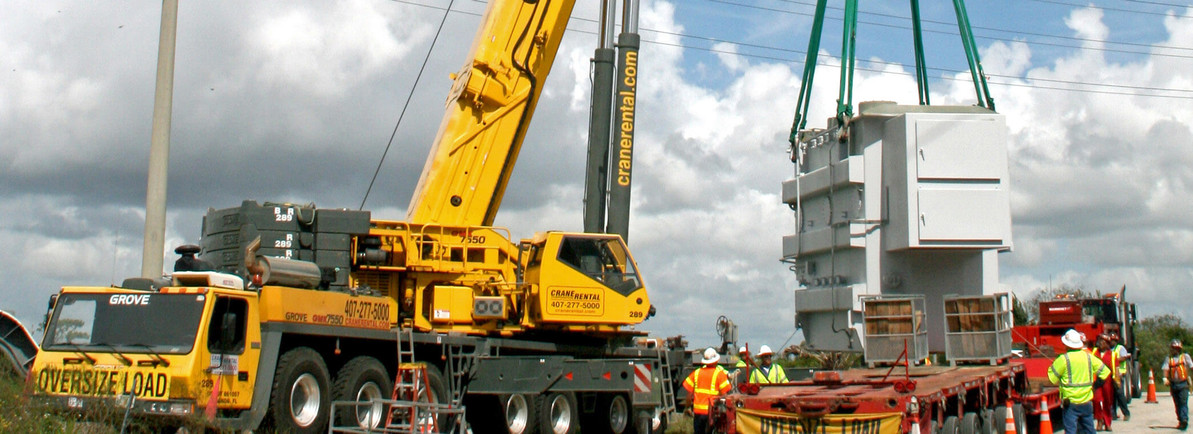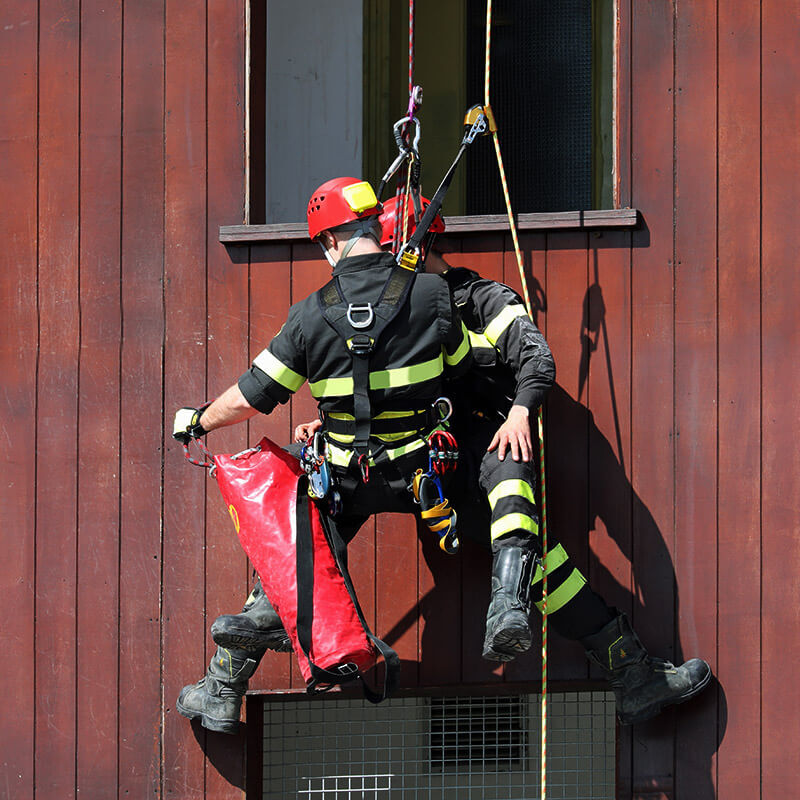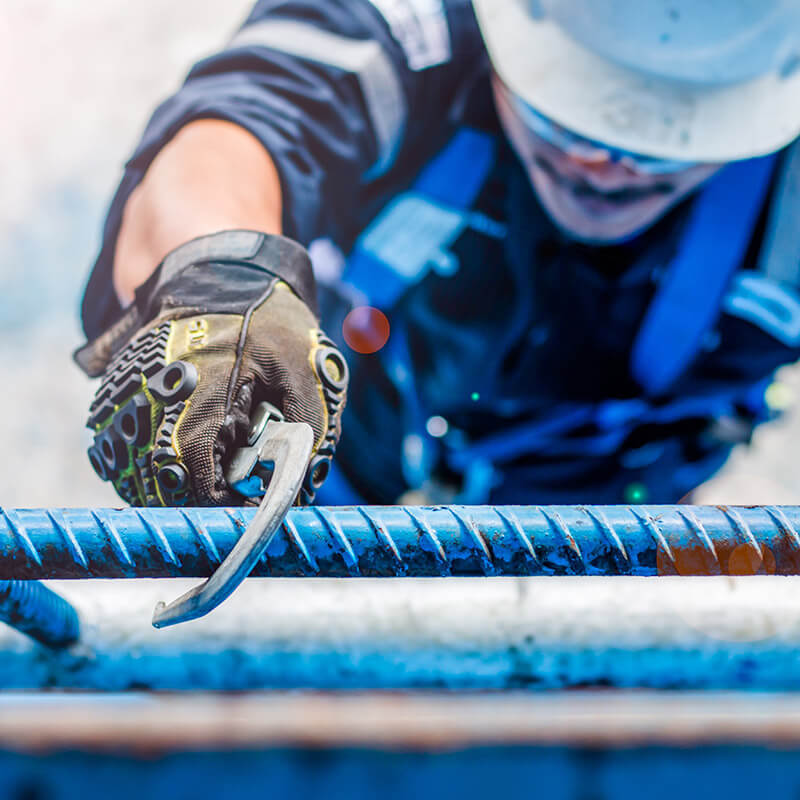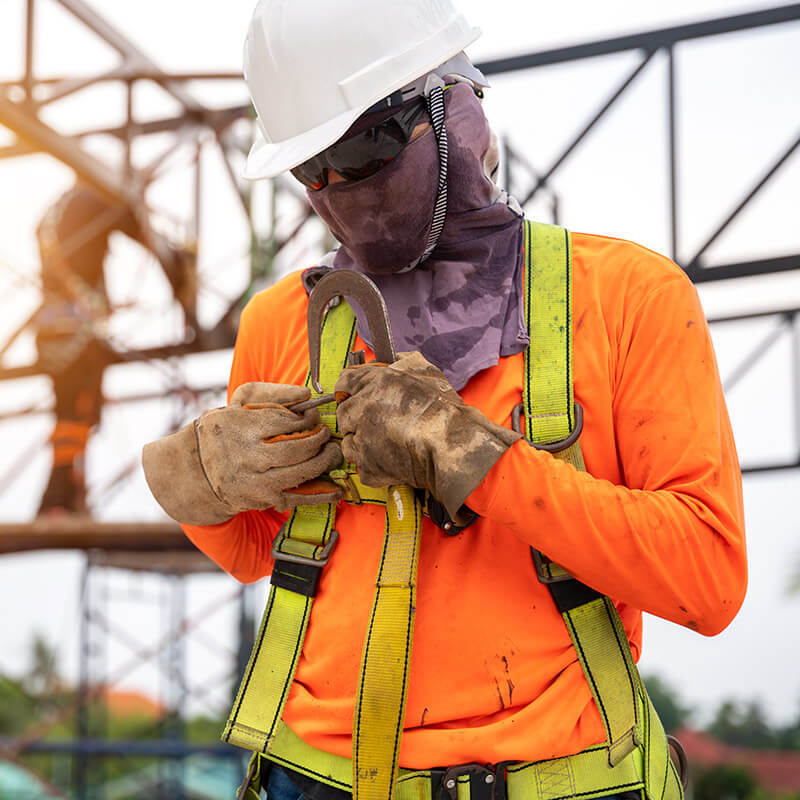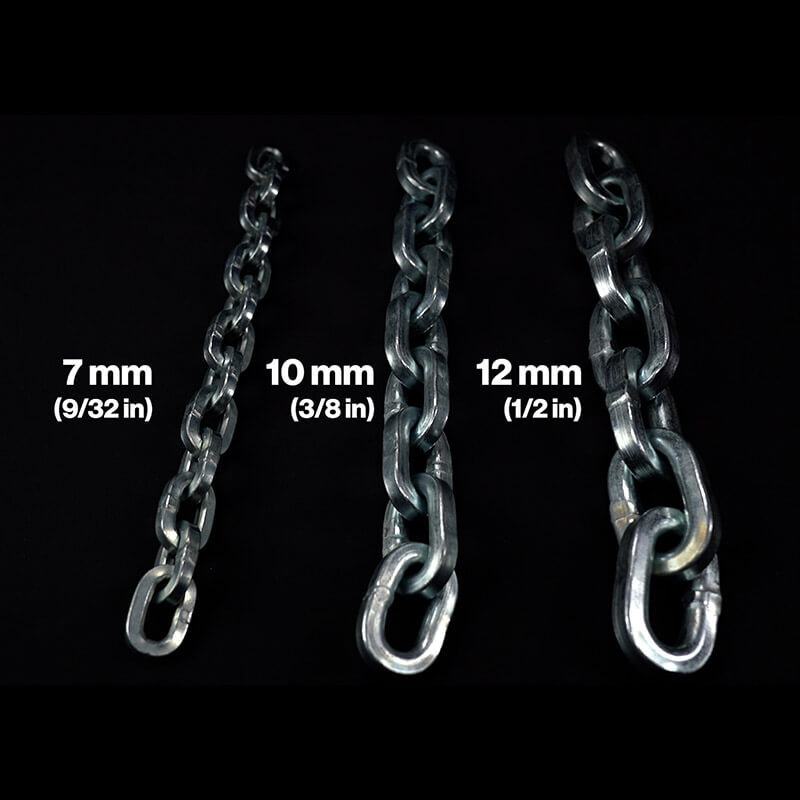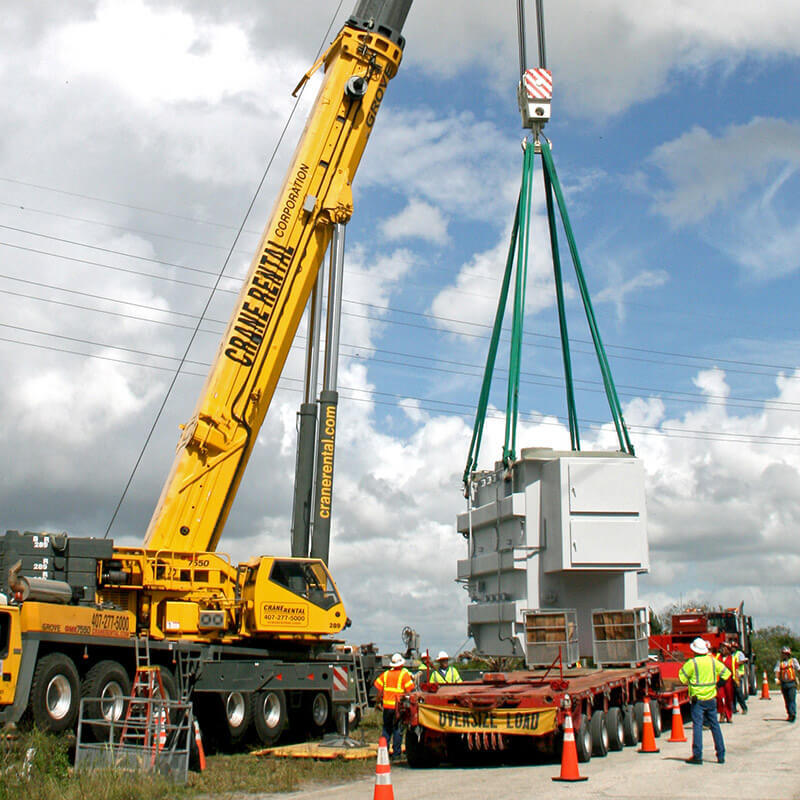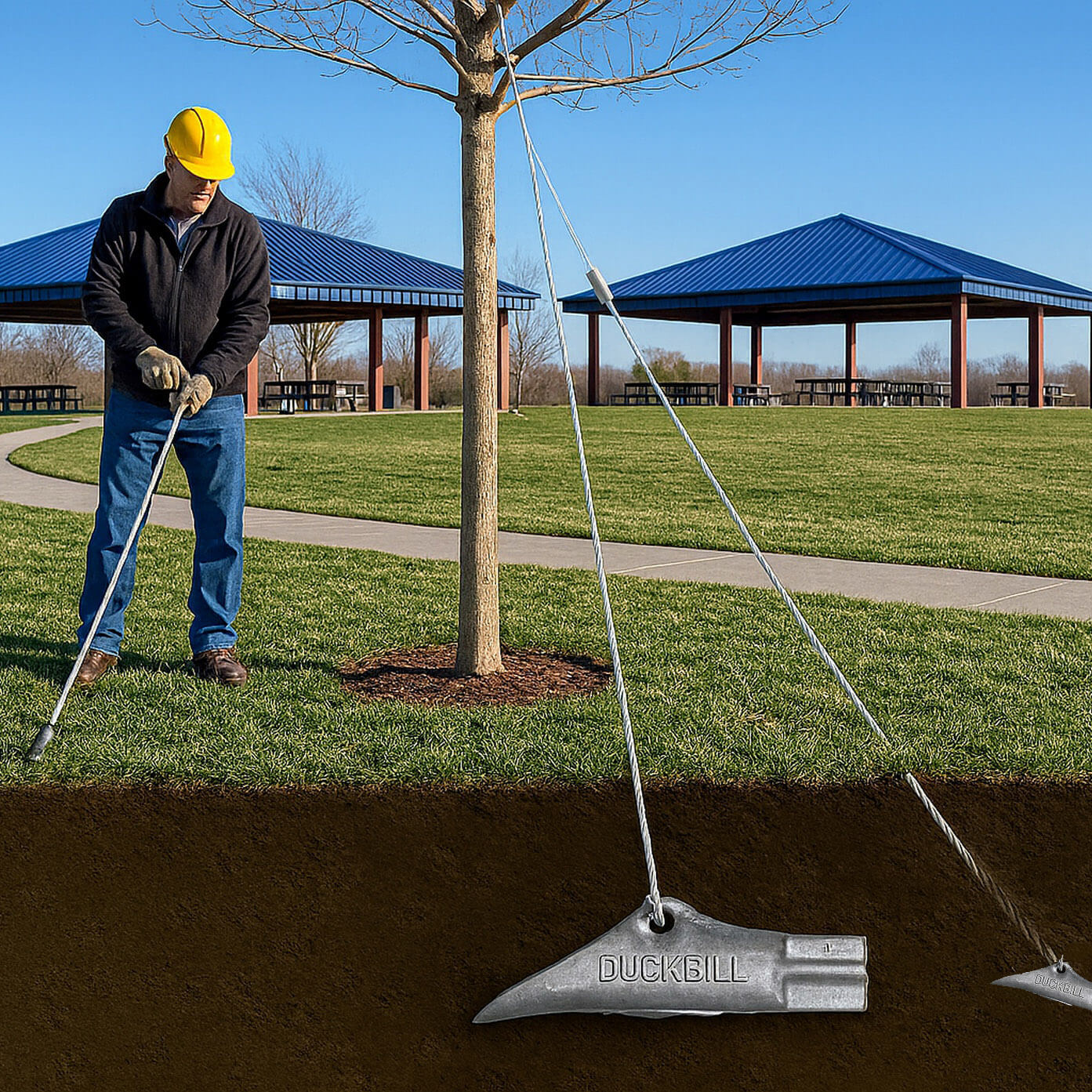What are the most common tools used in rigging?
In industries where the safe and efficient handling of heavy loads is critical, rigging tools play an essential role. Whether you're in construction, maritime, logistics, or entertainment, having the right rigging equipment ensures operational success and regulatory compliance. Below, we’ll explore the most widely used rigging tools, their applications, and what to consider when choosing the best products for your needs.
1. Wire Ropes
Wire ropes are the cornerstone of most rigging setups. Known for their superior strength and flexibility, they are ideal for lifting, pulling, and securing loads. Galvanized and stainless steel options are available, including popular constructions such as 6x19 and 6x37. These ropes are widely used in cranes, hoists, and winches.
Browse Wire Ropes on Lifting.com
2. Slings
Slings are used to connect the lifting device (typically a crane or hoist) to the load. They come in several types, including:
- Wire Rope Slings: Durable and abrasion-resistant.
- Chain Slings: Best for high-heat environments.
- Synthetic Slings: Lightweight and non-damaging to delicate loads.
Choosing the right sling depends on your load type, weight, and lifting conditions.
3. Rigging Hooks
Hooks are essential for attaching slings or chains to loads. Options include clevis hooks, eye hooks, and self-locking hooks—all designed to meet rigorous safety standards. Be sure to choose hooks with appropriate load ratings and latching mechanisms to prevent accidents.
4. Shackles
Shackles serve as a connecting link between lifting devices and loads. They come in anchor, chain, and screw pin varieties. Look for shackles made from Grade 80 or higher steel and confirm their Working Load Limit (WLL).
5. Spreader Bars & Lift Beams
These tools help distribute weight more evenly, making them essential for lifting long or uneven loads. Spreader bars create a wider sling angle, reducing stress, while lift beams work well where headroom is limited.
Discover Lifting Beams & Spreader Bars
6. Pulleys and Blocks
Used to redirect force and multiply lifting power, pulleys and blocks are vital for complex rigging tasks. Options like snatch blocks, swivel blocks, and square blocks allow for versatility depending on your project’s load requirements.
7. Hoists
Manual, lever, and electric hoists allow you to lift and lower heavy loads safely. Features such as load limiters, dual-pawl systems, and sealed bearings increase reliability and safety.
8. Additional Accessories
Supporting gear like eye bolts, turnbuckles, load cells, rigging gloves, and safety harnesses help round out your rigging system, offering added safety, accuracy, and control.
Choosing the Right Rigging Equipment
To ensure safe and successful rigging operations, always consider:
- Load weight and center of gravity
- Working Load Limits (WLL) and safety factors
- Material compatibility and environmental exposure
- Compliance with OSHA and ASME standards
Conclusion
Investing in quality rigging tools is essential for operational safety and efficiency. At Lifting.com, we offer a wide selection of certified rigging hardware built to meet the demands of your industry.
What Is a Kernmantle Rope Used For?
Nov 21st 2025
What Is a Fall Protection Harness?
Nov 14th 2025
What are the four components of a PFAS?
Nov 7th 2025
Is Palmer Safety OSHA Compliant?
Nov 3rd 2025
What’s the Hardest Chain to Cut?
Oct 20th 2025
What are the most common tools used in rigging?
Oct 13th 2025
What Is the Strongest Security Chain?
Oct 7th 2025
Are Pewag Chains Good?
Oct 3rd 2025
What Are DuckBill Anchors Used For?
Sep 26th 2025

